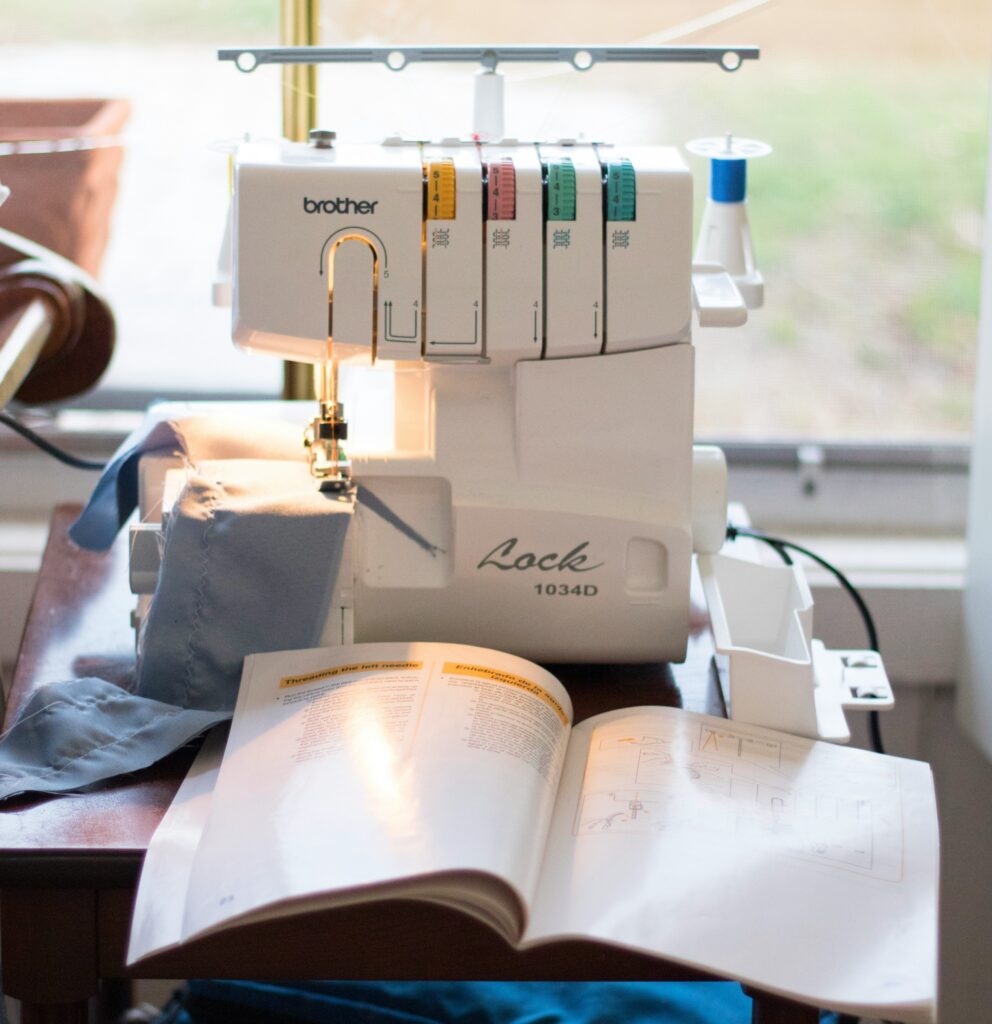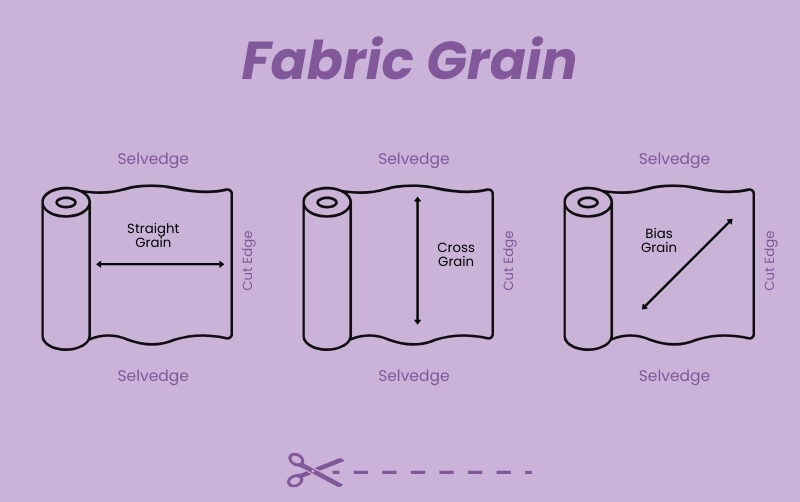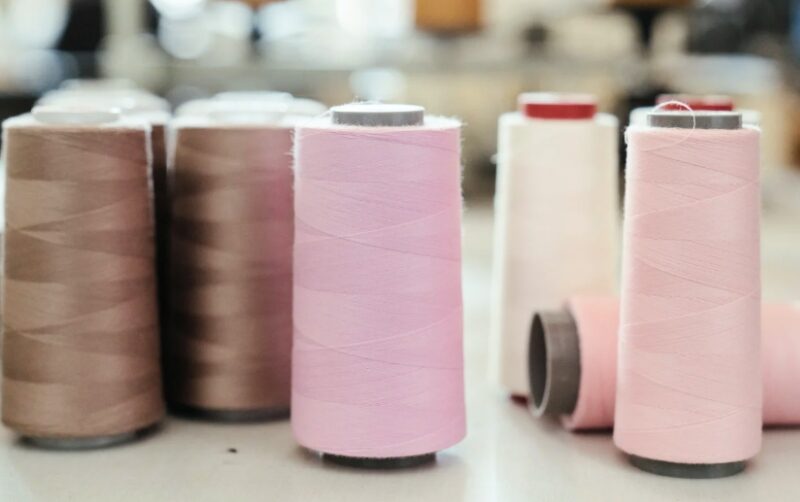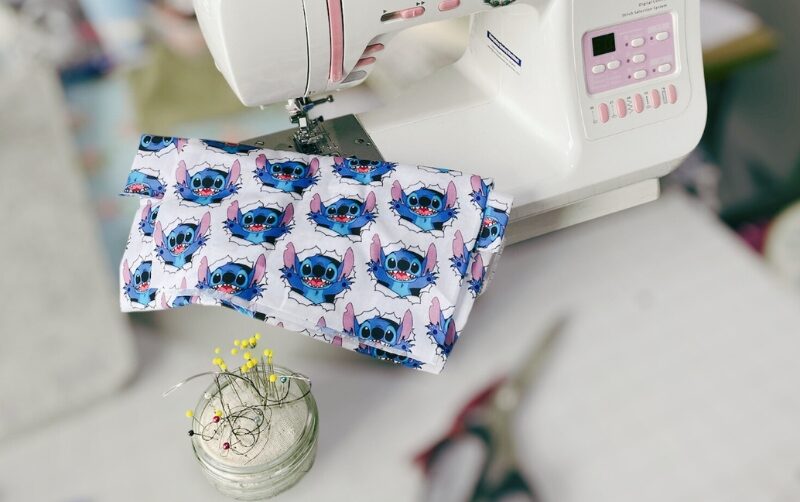When it comes to achieving a clean, polished, and professional finish in sewing, an overlocker (also known as a serger) is an essential tool. Whether you’re a beginner looking to expand your sewing skills or an experienced maker considering investing in one, this guide will cover everything you need to know about overlockers: the different types, when and how to use them, and how they can transform your sewing projects.
What is an Overlocker?
An overlocker is a specialised sewing machine designed to trim, enclose, and finish fabric edges in a single step using multiple threads. It prevents fraying, strengthens seams, and provides a professional finish commonly seen in ready-to-wear garments. Unlike a standard sewing machine, an overlocker sews with looped stitches that wrap around the fabric’s edge, reinforcing it for durability and stretch.
Types of Overlockers
Not all overlockers are the same. Depending on the number of threads they use, different types serve different purposes:

2 Thread Overlocker
- Ideal for lightweight fabrics and finishing seams without adding bulk.
- Commonly used for delicate materials such as chiffon, silk, and lace.
3 Thread Overlocker
- Great for basic seam finishing and light to medium-weight fabrics.
- Offers flexibility in stretch and durability.
- Commonly used in knits and everyday sewing projects.
4 Thread Overlocker
- Stronger and more durable than the 3-thread option.
- Suitable for general garment construction, especially for stretch fabrics like jersey.
- Often used for activewear and swimwear due to its strong yet flexible finish.
5 Thread Overlocker
- Combines overlocking with a chain stitch for extra strength.
- Used in professional garment construction, especially in high-wear areas like trousers and outerwear.
- Provides a secure, reinforced seam that won’t unravel.
When to Use an Overlocker
An overlocker is useful in a variety of sewing applications, including:
✔️ Seam Finishing – Prevents fabric from fraying and gives a clean edge.
✔️ Stretch Fabrics – Ideal for knits, activewear, and swimwear due to its flexible stitch.
✔️ Rolled Hems – Perfect for delicate fabrics like chiffon or organza, creating a fine, decorative edge.
✔️ Gathering & Ruffles – Overlockers can quickly gather fabric for decorative elements.
✔️ Decorative Stitching – Some models allow for decorative edges using specialty threads.
How an Overlocker Works
Unlike a regular sewing machine, an overlocker:
- Trims the fabric edge with its built-in blade.
- Loops multiple threads around the fabric to create a secure stitch.
- Feeds fabric smoothly through the machine with differential feed settings, preventing puckering or stretching.
- The differential feed function allows adjustments based on fabric type, ensuring smooth stitching on stretchy or delicate materials.
Achieving a Professional Finish with an Overlocker
Using an overlocker elevates your sewing projects to a store-bought
quality by:
- Neatening raw edges for a polished look.
- Creating stretchable, durable seams that won’t snap.
- Giving garments a professional, high-end finish.
- Speeding up the sewing process by combining trimming, sewing, and finishing in one step.
An overlocker is a game-changer in sewing, especially for those who work with stretch fabrics or want a professional-quality finish. Whether you’re sewing clothing, home decor, or accessories, mastering this machine will enhance your skills and transform your projects.


